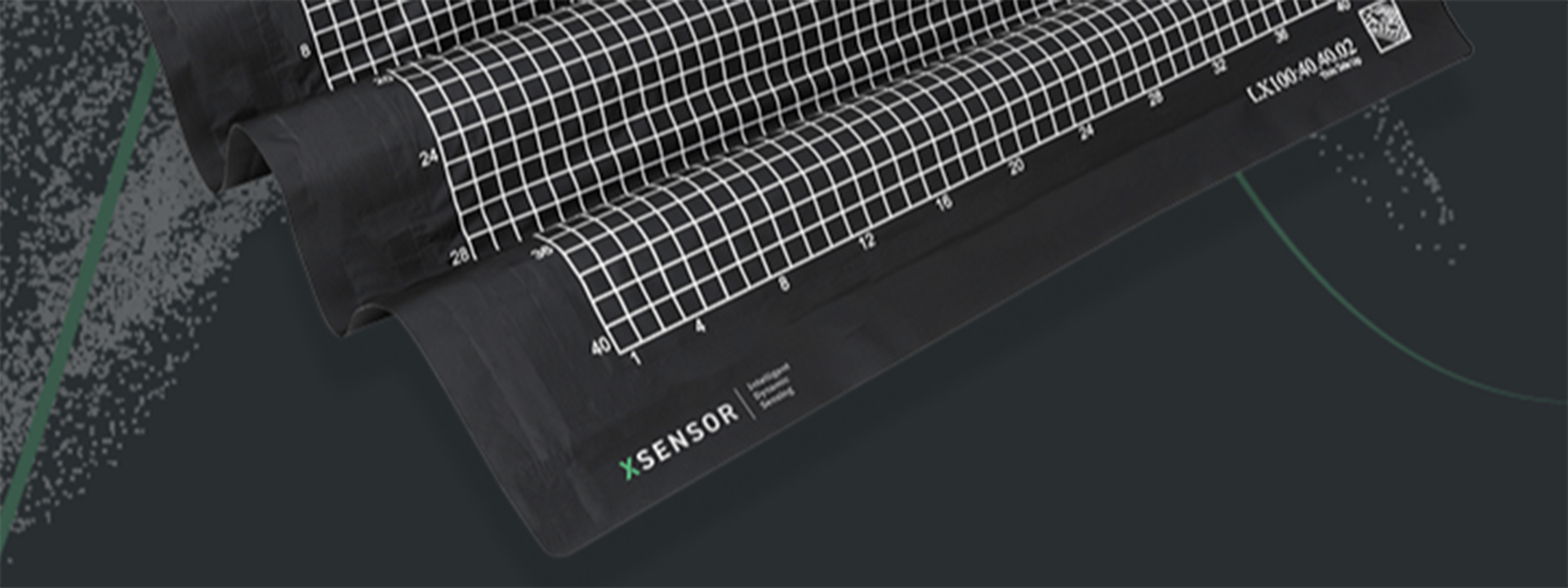
What Are Pressure Mapping Sensors & What Can You Do with Them?
When two objects come in contact, the contact creates pressure. Pressure is a valuable thing when it comes to, say, pressing buttons on a keyboard or pushing open a door.
However, pressure can also prove unhelpful, for instance, when it creates a consistent strain between a mattress and a back or the ground and a foot. Similarly, the high pressures in vehicle impacts are hazardous, requiring excellent engineering to help mitigate them during a crash.
Pressure mapping is a valuable tool to help you see what’s going on in any situation, giving you both complex data and 3D visual information for decision-making purposes. It’s important to know what pressure mapping is, the industries in which it is used, and what to look for in a pressure mapping system.
What Is Pressure Mapping?
Pressure mapping systems, pressure sensors, and tactile sensors are phrases that experts may use interchangeably. Still, they all indicate the same concept: a system that indicates how weight, strain, and tension are distributed across a region.
Simply put, pressure mapping systems aim to illuminate what is happening between two contacting surfaces. The system measures pressure across the area, collects data about force distribution, and then turns that tactile pressure into a 2D or 3D map showing the areas of highest impact and strain.
Typically, red and orange areas show high strain or impact, and green and blue areas show lower strain or impact. This is useful in a variety of fields.
Uses for Pressure Mapping Systems
Pressure mapping sensors and systems are helpful in various fields, including sports, medicine, and vehicle safety.
Let’s take a closer look.
Athletics
The sole of the human foot bears a heavy load, literally. In sports, ensuring the foot is supported is critical because when sub optimum mechanics occur in the shoe, stride, or stance, the athlete is more likely to experience injury.
Pressure mapping sensors help show where areas of strain and impact occur so that you can make the right decisions. That’s why coaches, physicians, and physical therapists all routinely use these technologies.
Vehicle Crash Tests
Crash tests are a crucial aspect of vehicular safety design because they show engineers where the highest impacts occur and allow them to modify cars accordingly. Pressure mapping sensors help maximize occupant safety by showing the distribution of pressure and where force peaks in a crash and, therefore, which areas of the vehicle need the most buffering.
Pressure sensor systems allow researchers to gather measurements from multiple areas at once, in real time, with a very high degree of detail.
Hospitals
While modern medicine has brought us a long way, hospital care still has downsides. Pressure sores from long bed rest are one downside, but they are avoidable with the proper patient bed monitoring technology. Mapping out where the patient’s body experiences the highest pressure levels against the bed allows physicians and nurses to accommodate those areas over extended periods, lessening the incidence of pressure sores and other adverse outcomes.
Physicians’ Offices
Doctors use pressure mapping for orthotics, wheelchair seats, prosthetics, and other devices that contact the body. By understanding how a support device interacts with the affected area of the body in real time, a physician can significantly increase how well it conforms and how comfortable it is for the patient.
Mattress Stores
Mattress sales are always a tricky proposition because it’s not possible to replicate the experience of sleeping on a mattress over time during a relatively quick in-store visit. Selling the wrong mattress can lead to returns and customer dissatisfaction.
However, using sensor-based mattress selling technology can drastically reduce the incidence of both. Pressure mapping allows mattress sales reps to see where the body experiences the highest pressure during sleep, then match those sleeping patterns to the right product for maximum comfort and health.
Components of High-Quality Pressure Mapping Systems
Looking for the correct pressure mapping sensors but not sure what to prioritize? You’re not alone. If you’re seeking an excellent system, make sure it:
- Measures pressure in real-time, so you can watch pressures rise, peak, and decrease as an athlete moves, a patient adjusts, or a car impacts a solid object.
- Captures at a high data resolution, so your information and 3D visualizations show the whole picture rather than simply part of it.
- Leverages sufficient sensors so that you have a very granular picture of the entire area being mapped.
Contact XSENSOR for Cutting-Edge Pressure Mapping Assistance
Our goal at XSENSOR is to improve your mapping process and your products and services. When you have a highly detailed picture of what’s happening, you can make the best possible decisions – engineering a safer car, building a better running shoe, or designing a mattress sales process that will keep your customers happy.
Our entire raison d'être is to provide the mapping sensors you need at an affordable price and fully integrated with software that gets the job done. We invite you to reach out for a demo today if you’d like to learn more about how our tactile sensor mapping systems can help you.
